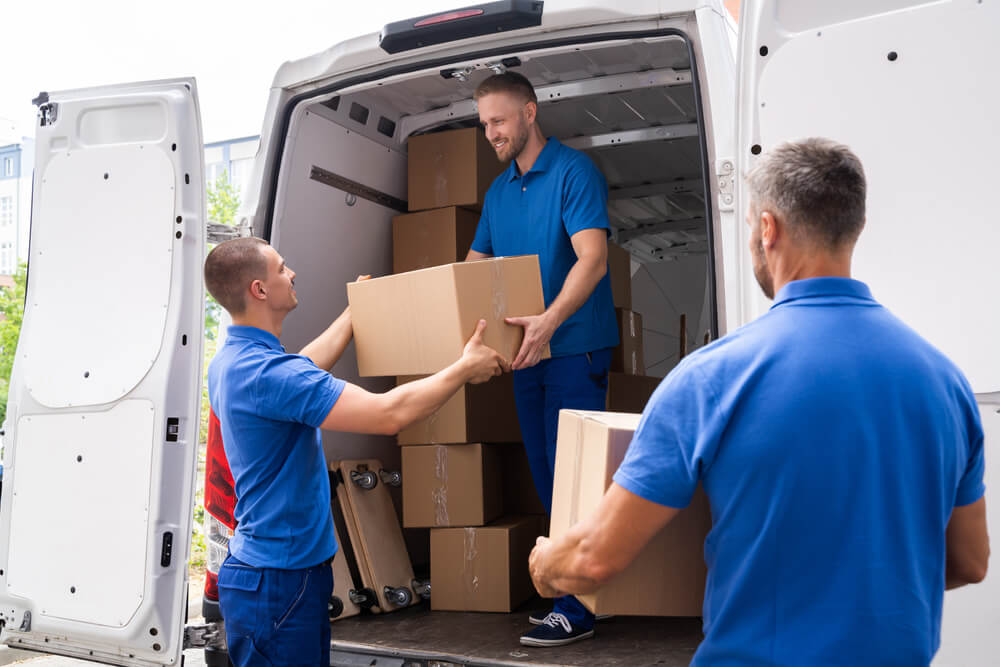Your Ultimate Guide to a Stress-Free Long-Distance MoveYour Ultimate Guide to a Stress-Free Long-Distance Move

When planning a long-distance move, the top priority is to ensure your belongings arrive safely. Whether you’re relocating for work, family, or a change of scenery, making a move across state lines or across the country comes with a unique set of challenges. With thoughtful preparation, the right tools, and professional assistance, your move can be smooth, efficient, and even enjoyable.
Start Planning Early
Long-distance moving requires significantly more coordination than a local move. Begin planning at least 8 weeks before your scheduled moving day. Create a detailed checklist with timelines for tasks like booking movers, collecting packing supplies, and updating your address with banks, utility companies, and the post office. Early planning not only reduces stress but also ensures nothing slips through the cracks.
Declutter Before You Pack
Moving is the perfect opportunity to downsize. Sort through your belongings and determine what you truly need. Donate, sell, or discard items you no longer use or want. The less you move, the less you’ll pay—and the easier unpacking will be. This step also gives you a clearer view of what you’ll be transporting, helping with accurate quotes and inventory tracking.
Choose the Right Moving Company
Not all moving companies are created equal, especially for long-distance relocations. Look for companies with strong reputations, verified licensing, and experience in cross-state transportation. Ask about their services, insurance coverage, delivery windows, and tracking options. Hiring professionals like Lakeside Mover, who specialize in long-distance moves, can save time and protect your valuables.
Pack with Care
Good packing is key to a successful move. Use sturdy boxes, high-quality tape, bubble wrap, and packing paper. Label every box with its contents and the room it belongs in. For fragile items, wrap them individually and cushion them with extra padding. Consider packing a few personal items yourself—such as important documents, electronics, and valuables—to keep with you during the move.
Understand Insurance and Liability
Your belongings are valuable, and even the best movers can’t always prevent unforeseen events. Ask your moving company about their insurance policies and liability coverage. Most movers are required to offer basic valuation coverage, but this may not be enough to cover the cost of replacing or repairing items. You might want to purchase additional insurance for peace of mind.
Prepare an Essentials Box
Pack a separate box with the items you’ll need immediately upon arrival. This might include toiletries, medications, a change of clothes, snacks, cleaning supplies, phone chargers, and basic kitchen items. Having easy access to these essentials will reduce frustration while you unpack and settle into your new home.
Stay Organized on Moving Day
On moving day, keep your checklist handy and stay organized. Ensure all labeled boxes are loaded, confirm details with the moving team, and keep important documents, IDs, and valuables with you. If you’re driving separately, double-check travel routes and timing.
Know Your Rights
As a consumer, you have rights when it comes to moving, especially across state lines. The Federal Motor Carrier Safety Administration (FMCSA) offers resources to help you understand your responsibilities and avoid moving fraud. Visit their site at https://www.fmcsa.dot.gov/protect-your-move to learn how to verify a mover’s license, review contracts, and handle disputes.
Notify Necessary Parties
Make a list of everyone who needs to know about your move. This includes your employer, schools, doctors, banks, and utility companies. Schedule cancellation and connection of services in advance so you’re not stuck without internet, power, or water in your new home.
Settle into Your New Home
Once you arrive, take a deep breath and give yourself time to settle in. Start by unpacking essentials and gradually work your way through the remaining boxes. Explore your new neighborhood, meet your neighbors, and begin creating routines that make your new place feel like home.